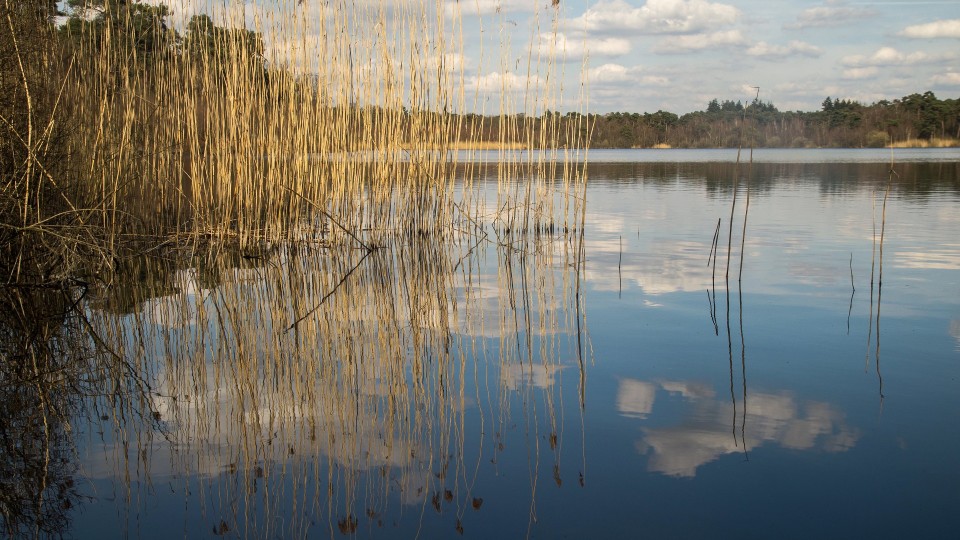New research suggests that the management of protected area can advance range shifts of wintering waterbirds towards north as the climate warms
Climate warming push species ranges towards the north. Many species are, however, not able to adjust their ranges fast enough and cannot keep up with the rate the climate is warming. Anthropogenic pressures, such as habitat degradation and over-exploitation, likely hinder species from adjusting their range fast enough. For this reason, protected areas play an important role in helping species to adjust their range change to climate warming. However, it is not clear which characteristics of the protected areas are helpful in this respect. New research sheds light on which characteristics of protected areas are helping range shifts in wintering waterbirds in Europe. Researchers find that waterbird communities adjust faster to climate warming inside protected areas that have a management plan compared to protected areas without a management plan; the adjustment to climate change is particularly strong if there was a management plan for a protected area targeting the protection of waterbirds compared to other protected areas.
“Range shifts of waterbirds have been over two times faster inside protected areas with a management plan targeting the protection of waterbirds. Management plans play an important role to facilitate waterbird adjustment to climate warming and should be more systematically implemented”, says Dr. Elie Gaget from University of Turku who was the lead author of the new study.
Thanks to the protection, the community adjustment to climate warming mainly resulted in colonization by new southern species and rarely by the extirpation of species vulnerable to climate warming. Overall, waterbird species richness increased inside the Natura 2000 protected area network, and even more inside protected areas with a management plan.
In addition to conservation efforts, the surface of protected wetlands was an important parameter helping waterbird communities to adjust to climate warming. Shifts in species communities were faster in Natura 2000 protected areas which had large wetland habitats.
“Our findings highlight that the protection of key habitats for waterbirds – wetlands – is crucial to mitigate the negative impacts of climate warming on their populations. Well-managed protection of especially larger wetlands assures that a thriving assemblage of wetland birds, and of course the various ecosystem services these birds can provide, will persist also in the future”, says Professor Jon Brommer from University of Turku, who directed the study.
The research was based in international collaboration; it utilised forty thousand waterbird surveys covering 97 species from 26 European Union countries during 25 years. The international coordination of surveys has been conducted by Wetlands International and the research was published in the scientific journal “Conservation Biology”. The work was funded by a joint funding initiative of the European Union’s Biodiversa, together with Belmont Forum and the Academy of Finland.
More information
Dr. Elie Gaget, Department of Biology – University of Turku (Finland); International Institute for Applied Systems Analysis (IIASA, Austria); [email protected]
Professor Jon Brommer, Department of Biology, University of Turku, [email protected]
Link to the publication: https://conbio.onlinelibrary.wiley.com/doi/abs/10.1111/cobi.13877

